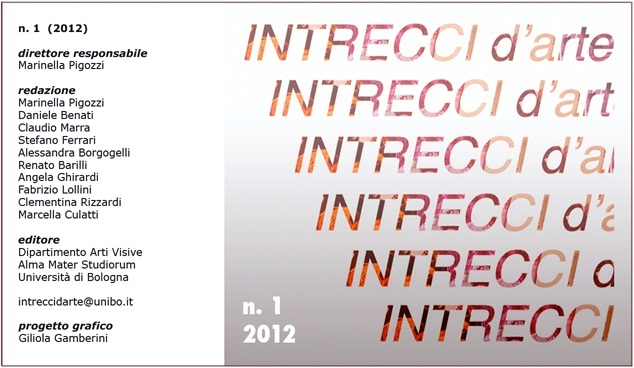Exempla of decorative elements in the 17th century in Bologna, the relationships with France and the heritage of Agostino Mitelli
DOI:
https://doi.org/10.6092/issn.2240-7251/2653Keywords:
Agostino Mitelli, Stefano della Bella, Domenico Santi, XVIIth century, Decorative elementsAbstract
During the 17th century Bologna had a very remarkable chalcographic production that included models which taught beginners to draw. This typology of engraving was extremely successful and not only models of anatomical details, but also decorative elements were printed. The first and most important character of the ornamental production was Agostino Mitelli, who, since 1636, put into print two series of cartouches and ornamental elements of his own invention. These series were of particular interest for the refinement of the proposed solutions and their huge success brought to some reissues. Thanks to Stefano della Bella, who had a mutual and profitable relationship with Agostino, those series were in fact reprinted in France. Furthermore Stefano della Bella made an important publishing venture in France by printing various series of ornamental elements which were owned and studied by Agostino himself.
The production formulated by this great fresco painter continued in Bologna thanks to his son Giuseppe Maria Mitelli and his scholar Domenico Santi who proposed mannered solutions compared to those of his own teacher.
Downloads
Published
How to Cite
Issue
Section
License
Copyright (c) 2012 Maria Ludovica Piazzi
The copyrights of all the texts on this journal belong to the respective authors without restrictions.
This journal is licensed under a Creative Commons Attribution 4.0 International License (full legal code).
See also our Open Access Policy.
Images and photographs may have different terms of license.
In making material available online the Journal acts in good faith. Parties who have questions or who wish to contest the use of specific works may contact the Editor in chief.
Metadata
All the metadata of the published material is released in the public domain and may be used by anyone free of charge. This includes references.
Metadata — including references — may be re-used in any medium without prior permission for both not-for-profit and for-profit purposes. We kindly ask users to provide a link to the original metadata record.






